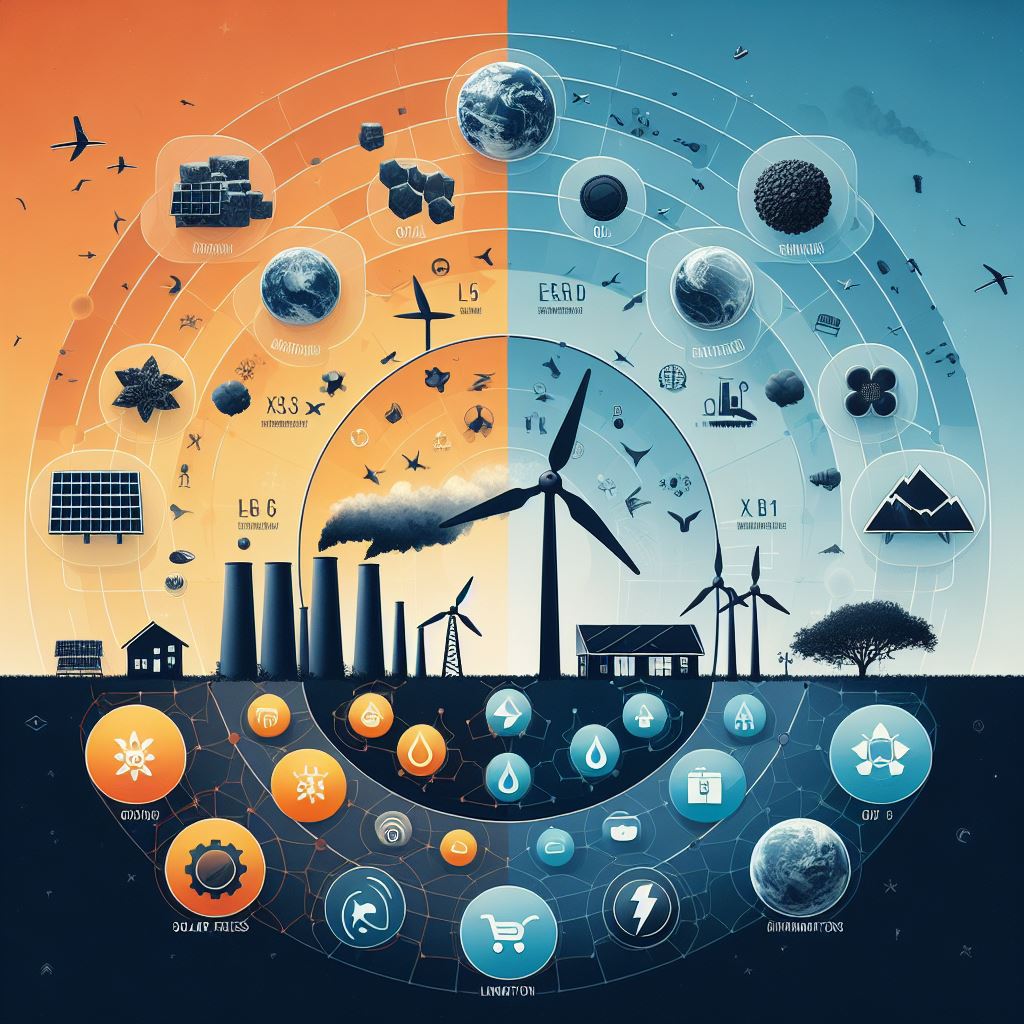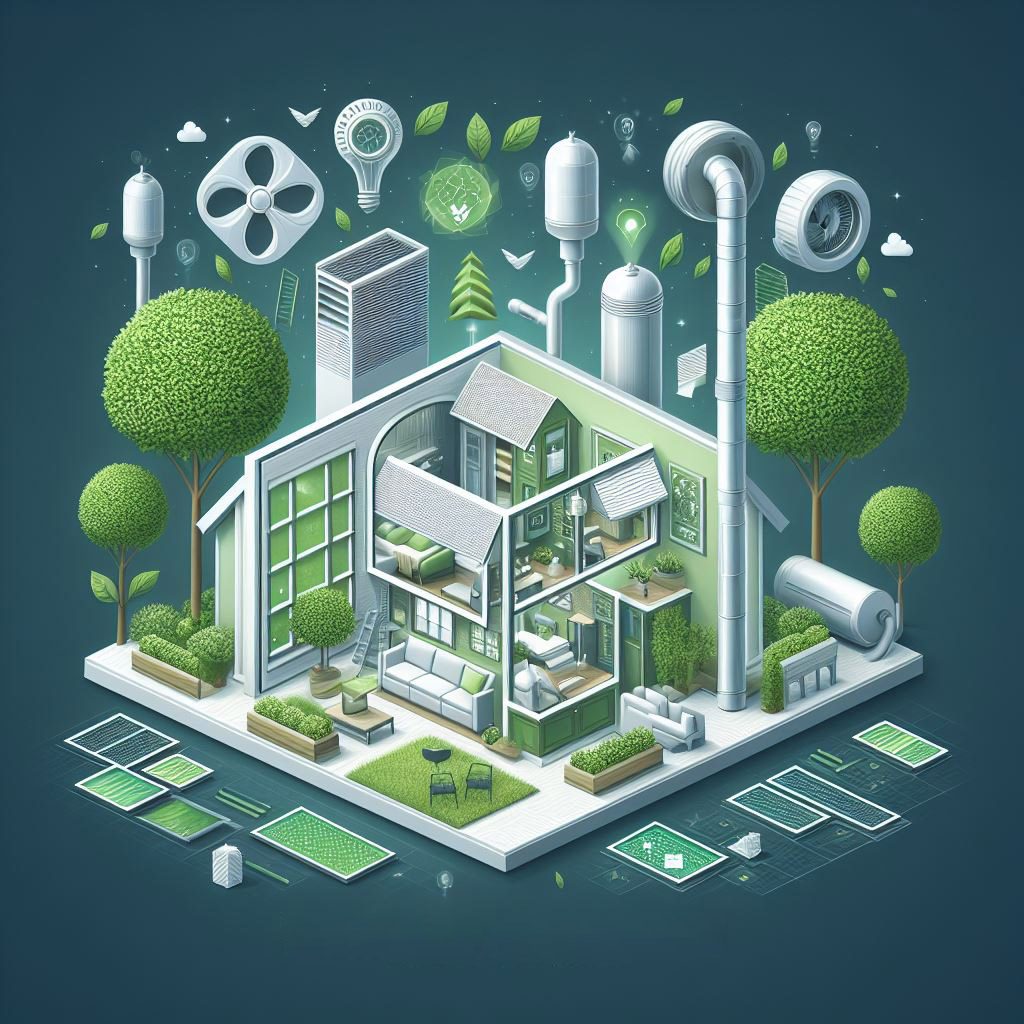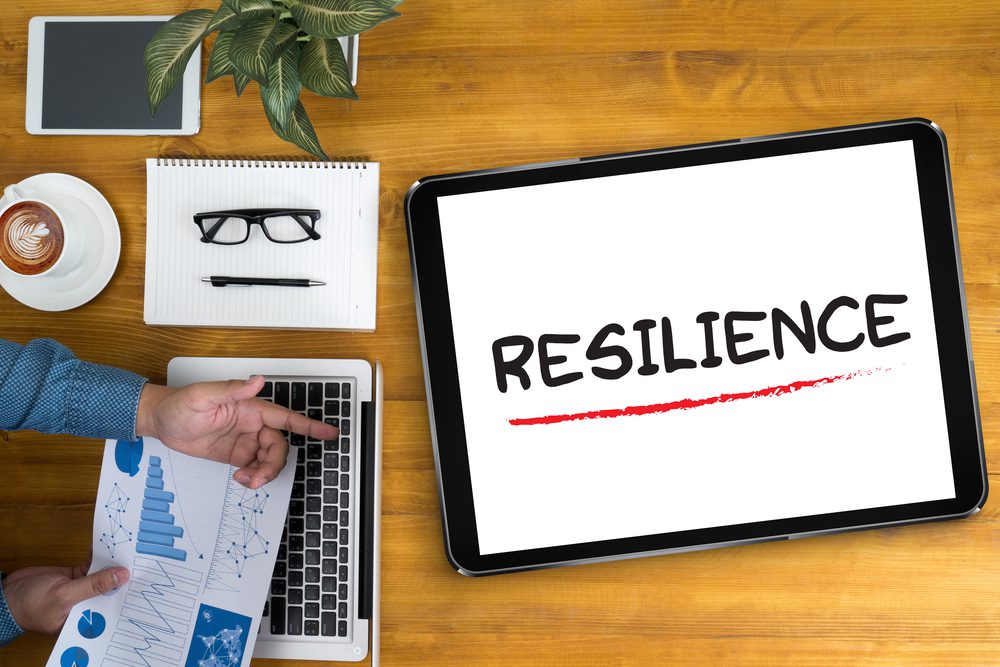Introduction
Amidst the drumbeat of climate change and the escalating concerns around sustainability, the construction industry is pivoting towards a greener future with increased fervor. A pivotal beacon in this transformative journey is the adoption of rigorous green building standards, among which the BEAM Plus certification shines prominently. In California, a state renowned for its environmental advocacy and stringent policies, BEAM Plus is quickly becoming the new benchmark for sustainable building practices. This ultimate guide meticulously deconstructs the BEAM Plus certification process, offering valuable insights for those seeking to participate in this noble endeavor of eco-conscious construction.
Brief Overview of BEAM Plus Certification
BEAM Plus certification has its origins in Hong Kong but has garnered worldwide respect as a comprehensive framework devised for the assessment and improvement of the environmental performance of buildings. Its adoption in California is a testament to the state’s commitment to sustainable development and energy efficiency. Through BEAM Plus certification, developers, architects, and builders have a structured roadmap to create structures that stand as paragons of environmental responsibility.
Importance and Benefits of BEAM Plus Certification

The significance of BEAM Plus certification transcends mere compliance with environmental regulations. Earning this certification is a testament to a project’s dedication to sustainability, encompassing aspects such as energy savings, water conservation, and the well-being of its occupants. Buildings with BEAM Plus certification are viewed as innovative and resilient, capturing the essence of modernity and ethical construction practices. The benefits also extend to an increase in market value, a competitive edge in the real estate market, and significant operational cost reductions due to efficiency improvements.
I. Understanding BEAM Plus Certification
The BEAM Plus certification process offers a systematic approach to evaluating a building’s sustainability performance across multiple dimensions. It symbolizes a commitment to environmental benchmarks throughout a building’s lifecycle, encompassing the design, construction, operation, and maintenance phases.
Definition and Explanation of BEAM Plus Certification
BEAM Plus stands out for its comprehensive nature, scrutinizing a building’s performance along several environmental aspects. By achieving this certification, a building demonstrates that it meets stringent criteria for sustainability and that its creators have made a conscientious effort to integrate eco-friendly practices into its very blueprint.
Comparison of BEAM Plus with Other Green Building Certifications
In comparison with other prevalent certifications like LEED (Leadership in Energy and Environmental Design) or BREEAM (Building Research Establishment Environmental Assessment Method), BEAM Plus holds its own with a flexible, yet robust framework. It is designed to be adaptable to any region’s specific climatic conditions and regulatory environment, allowing for a tailored approach that aligns with local priorities, such as California’s varied climate and ambitious sustainability goals.
Why BEAM Plus Certification is Crucial in California
California, famed for its diverse climates and environments ranging from its bustling urban cities to serene coastal stretches, offers an ideal backdrop for BEAM Plus. The state’s well-documented environmental laws, such as those targeting reductions in greenhouse gas emissions, dovetail with the objectives of BEAM Plus. By encouraging buildings to be more resilient, energy-efficient, and healthier for the environment and its inhabitants, BEAM Plus in California is not just a trend—it is an essential component in the state’s push towards a sustainable future.
II. The Components of BEAM Plus Certification
BEAM Plus takes a multifaceted approach to assessing buildings, scrutinizing them across various environmental and performance categories.
Categories of BEAM Plus Assessment
The certification is divided into several assessment categories that include Site, Materials, Energy Use, Water Use, Indoor Environmental Quality, Innovations & Additions, and Community Aspects.
Explanation of Each Category and Its Importance
– Site: This focuses on the ecological value of the building’s location, accessibility to transportation, and measures to reduce pollution and land disturbance during construction.
– Materials: Evaluates the sustainability of building materials used, favoring those that are renewable and sourced with minimal environmental impact.
– Energy Use: A critical category, this assesses the efficiency of the building’s design and systems in conserving energy and encourages the adoption of renewable energy sources.
– Water Use: Reviews water conservation strategies and the use of water-efficient fixtures and fittings.
– Indoor Environmental Quality: Ensures that the indoor environment promotes the comfort and health of the occupants, addressing factors like air quality, lighting, acoustics, and thermal conditions.
– Innovations & Additions: This offers additional points for projects that include innovative practices not covered by other categories.
– Community Aspects: Exploring the building’s impact on the community, it includes accessibility, social amenities, and contributions to the local environment.
III. How to Get BEAM Plus Certification
Achieving BEAM Plus certification is a meticulous process that requires a deliberate and well-executed strategy.
Detailed Step-By-Step Guide to Gaining BEAM Plus Certification
The process to secure BEAM Plus certification in California involves several key steps:
- – Pre-Assessment: Before beginning, a pre-assessment phase is crucial for establishing the project’s environmental goals and readiness for certification.
- – Registration: The next step is to officially enter the project into the BEAM Plus program.
- – Self-Assessment: Conduct an initial self-evaluation against the BEAM Plus standards to gauge where the project stands.
- – Auditing: The project undergoes a third-party audit to verify that it meets the rigorous standards set out by BEAM Plus.
Information on Each Step
Each of these steps is critical. Registration demonstrates the formal commitment to the certification, while self-assessment allows developers to conduct an internal check before external auditing. The auditing process, conducted by a third party, stands as an unbiased validation of the building’s sustainable features and compliance with BEAM Plus standards.
IV. The Role of Professionals in the Certification Process
The path to BEAM Plus certification is complex and requires experienced guidance.
Role of BEAM Pro and BEAM Affiliate
BEAM Pros are professionals who specialize in guiding projects through the BEAM Plus certification process. They are well-versed in the criteria and standards required, providing invaluable expertise in ensuring a building meets or exceeds the rigorous demands of the certification. BEAM Affiliates, while not as extensively trained as BEAM Pros, play a critical supportive role throughout the process.
The Process of Becoming a BEAM Pro or Affiliate
To become a BEAM Pro, individuals must undergo comprehensive training, demonstrate their knowledge and experience in sustainability, and pass a rigorous examination. For BEAM Affiliates, the requirements are less stringent but still require a clear understanding of BEAM Plus principles and practices.
V. Costs and Benefits Analysis
The pursuit of BEAM Plus certification involves both costs and benefits that warrant careful consideration.
Cost of Getting BEAM Plus Certification
The costs associated with obtaining BEAM Plus certification can vary depending on the size and complexity of the project. Expenses typically include registration and certification fees, consultations with BEAM Pros, and potential building modifications to comply with certification standards.
Financial Incentives and Benefits of Achieving BEAM Plus Certification
Despite these costs, the long-term financial incentives and benefits make BEAM Plus certification an attractive proposition. Certified buildings can command higher rental premiums and have increased asset values. Additionally, operational costs are often reduced due to lower energy consumption and enhanced water efficiency. Government incentives and rebates for sustainable buildings can also offset initial certification expenses.
VI. Future of BEAM Plus Certification in California

The growth trajectory of BEAM Plus certification in California is influenced by a combination of trends and policy developments.
Current Trends and Future Outlook for BEAM Plus in California
With an increasing emphasis on sustainability, and as public awareness of environmental issues grows, the demand for BEAM Plus certification in California is expected to rise. The integration of sustainable building practices is becoming the norm, and BEAM Plus is primed to play a significant role in shaping the future of California’s construction industry.
The Impact of New State Policies and Regulations on BEAM Plus Certification
As California continues to lead the charge in environmental regulation, new policies and regulations are anticipated to further encourage the adoption of BEAM Plus certification. These initiatives are likely to provide additional support and resources for those seeking to certify their buildings, solidifying BEAM Plus as an integral component of California’s sustainability framework.
Conclusion
The journey toward a sustainable future is paved with bold measures like the BEAM Plus certification. In California, a state known for setting the pace in environmental innovation, embracing BEAM Plus is not simply a choice—it is the way forward for those committed to building a legacy of sustainability. The process of BEAM Plus certification is a clear and structured one, offering a host of benefits that extend well beyond the immediate horizon. Now is the time to adopt sustainable building practices, and BEAM Plus certification provides the perfect blueprint for creating structures that are as beneficial to the planet as they are to their inhabitants.
VertPro.com serves as a resourceful platform for property owners and managers seeking to enhance their buildings’ energy efficiency. The site offers a range of services, including Commercial Energy Audits, Benchmark Compliance consultancy, and a Construction Marketplace. At the heart of VertPro® is a suite of SaaS technology-based solutions designed to assist in navigating the complexities of Energy Benchmarking and Energy Audits/RCx Plus, while ensuring adherence to over 60 Energy Benchmarking and Energy Efficiency Laws across the country.
For those looking to improve their property’s energy usage and operational value, VertPro.com provides a diverse array of tools and information. The site aims to facilitate a better understanding of energy efficiency practices and legislation, helping building owners and property managers make informed decisions about their energy strategies while complying with all energy ordinances and laws.















